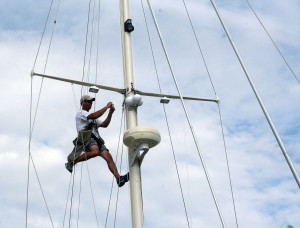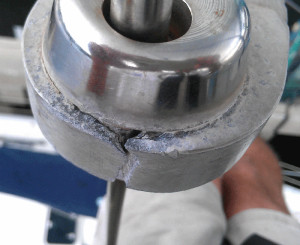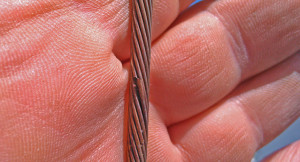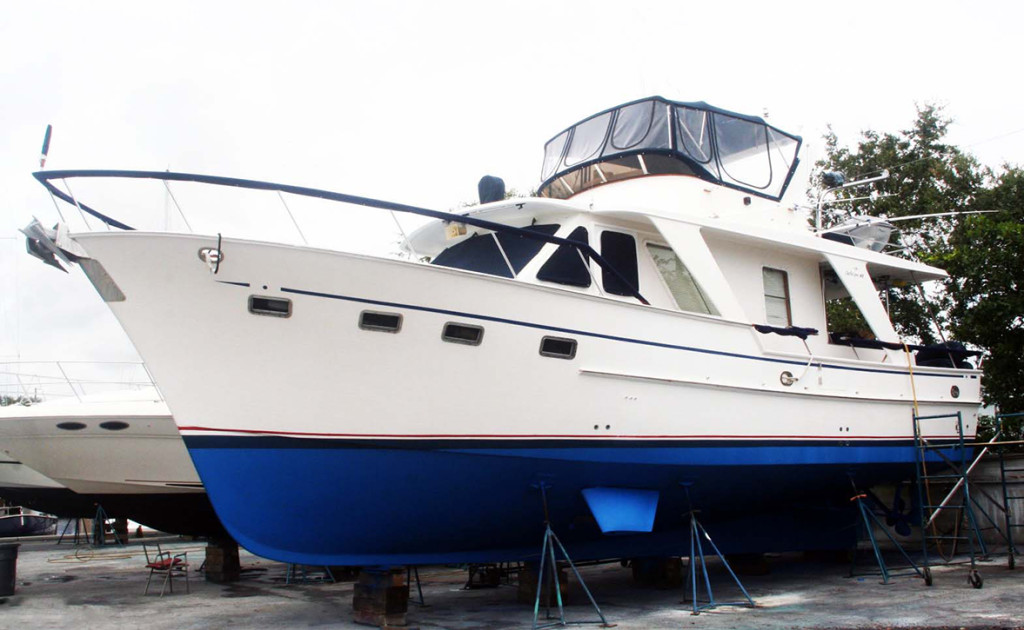Have you checked your rigging lately?
Standing rigging are the most important parts that keep your mast on your boat. When the mast goes overboard, not only can it be dangerous, but it can also be very expensive. You probably lose your sails, the electronics on your mast (wind, radar, antennas etc.) and your boat will be less stable.
 The best way to check your rigging is have a qualified rigger go aloft and check the rigging from mast head to the chainplates.
The best way to check your rigging is have a qualified rigger go aloft and check the rigging from mast head to the chainplates.
When should you check the boat’s rigging? Most experts agree that your rigging needs to be checked after 10 years. Many insurance companies require that rigging needs to be less than 10 years old before they will insure your boat. If the rigging is closer to 15 to 20 years, you are asking for trouble. The rigger should use a blue ink dye that is used to confirm cracks in stainless steel swage fittings and the wire. Sometimes you see a line that looks like a crack, but by wiping it with the dye and sanding it with a medium duty cleaning pad (Scotch Brite), you can determine if it is an actual crack or just a line caused by swaging. The entire length of the wire needs to be checked. You can have two or more strands of wires cracked at different locations of the same wire (see slide show).
While aloft, the rigger should be checking the masthead, the sheaves, any sign for cracks in welds such as the mast head, spreader joints and all pins and rigging connections. We recently inspected the top of a furling system that was not performing correctly; the culprit was the cracked head of the system and the frozen bearings.


Rigging is not as expensive as you might think. If only a few stays are effected it can be changed without taking the mast down. If all the rigging needs to be replaced, than the best thing to do is unstep the mast and take that opportunity to change out the electric wires; good chance is they don’t meet current ABYC standards, and check the steaming and anchor lights. Whatever you do, don’t take too long to have a rigging expert take a good look at your rigging!
Written by: J. Jopie Helsen, www.sailorswharf.com, jopie@saolorswharf.com

